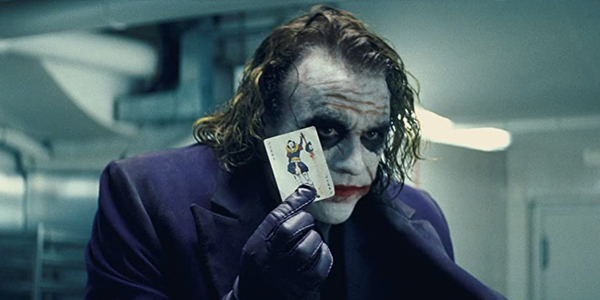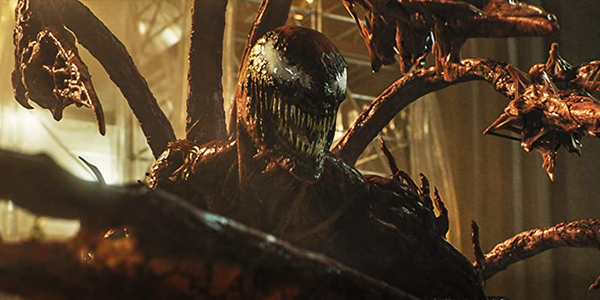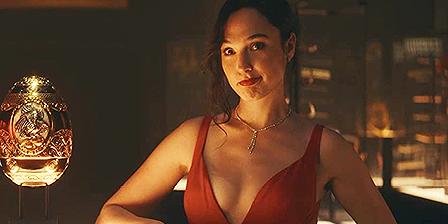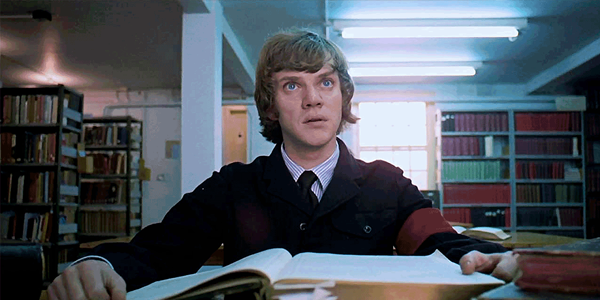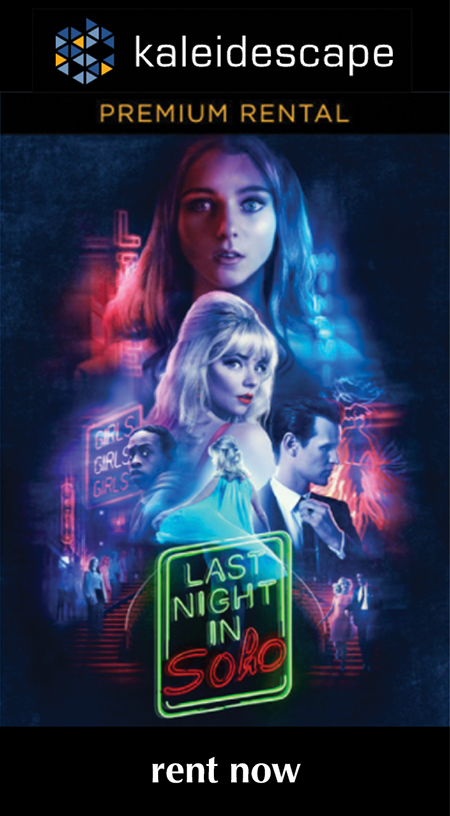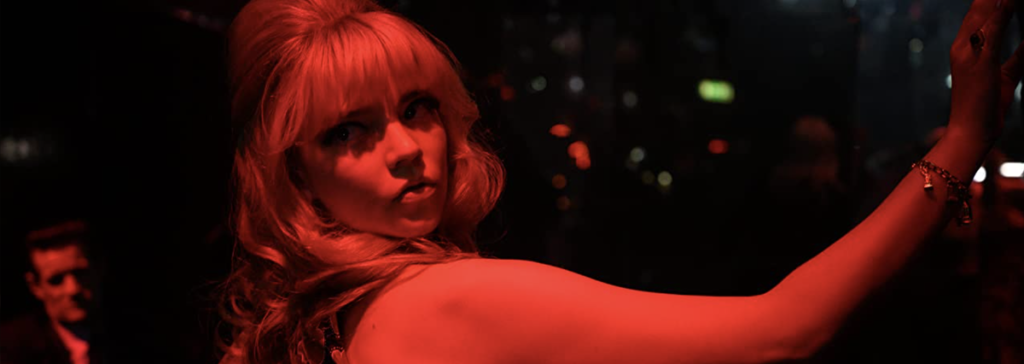
review | Last Night in Soho
Subtle, inventive use of the Atmos mix really makes this flashing-back-to-the-’60s thriller come to life
by Dennis Burger
November 27, 2021
Anyone interested in better understanding the art of sound mixing should study the Dolby Atmos soundtrack for Edgar Wright’s Last Night in Soho as if it were the Rosetta Stone. And, yes, I know I’m doing things right backwards here, talking about the sound before discussing the merits of the film itself. But the simple fact is that the shape of sound is so integral to the experience of Soho that leading with anything else would feel wrong. Wright and his sound department employ the expanded soundfield of Atmos in much the way The Wizard of Oz employs Technicolor—although in this case there’s a lot more back-and-forth and the transitions are at times so subtle as to be easily missed.
And to explain what I’m on about here, I need to tell you a bit about the narrative of the film. Last Night in Soho is the story of Eloise (Thomasin McKenzie), a young country girl who’s noteworthy for two reasons: Firstly, she’s a talented designer who’s been accepted into the London College of Fashion; secondly, she is gifted—or afflicted, depending on your perspective—with psychic abilities very much akin to those of Danny from The Shining. She sees the past as vividly as she sees the present.
Both of those facts come into play when the introverted Ellie finds herself overwhelmed by dormitory life and rents a room in a quaint but creepy old home, then nearly immediately becomes transported via her dreams into the 1960s, where she alternately observes and embodies a striking young woman named Sandie (Anya Taylor-Joy), who gets mixed up with all the wrong sorts of men in her attempt to make it as a singer.
And it’s during those transitions between the modern, waking world and Ellie’s dreams/visions that the Atmos mix really springs to life. Until that point, the audio is a largely front-focused affair, with surrounds used mostly for subtle ambience and spaciousness. It honestly wouldn’t make a world of difference if it were straight stereo. And that subdued mixing really works well with the overall aesthetic of the film, which was shot largely on 35mm with a mix of flat and anamorphic lenses, and really evokes the feel of supernatural thrillers from the late ’60s. So much so that elements of the modern world—wireless headphones, current cars—feel like an anachronistic intrusion.
But when we’re yanked back to the ’60s, the film takes on a much more modern feel, and the Atmos soundscape positively explodes into its full potential, packed with immersive overhead audio effects (mostly musical in nature) and aggressive use of the surround channels. And from here on out, that shift between the flat, enhanced-stereo approach and the full-blown Atmos experience serves as the audience’s primary indicator of whether we’re experiencing the world as Ellie experiences it or the mundane modern world in which she is quickly losing her grasp on reality.
As I’m writing all of this, I know it sounds like a gimmick. But this trick is so artfully—and at times subtly—orchestrated that it doesn’t feel at all gimmicky in the moment. So if you’re planning on venturing out into a commercial cinema to see Last Night in Soho while it’s still being publicly exhibited, make sure you do so in a one equipped with Atmos. But I imagine most Cineluxe readers will be better served by a good home cinema setup and access to a PVOD rental of the sort Kaleidescape is offering right now.
Kaleidescape’s download delivers its sumptuous cinematography with all the detail and texture you could hope for, preserving the subtle film grain and wonderfully capturing cinematographer Chung-hoon Chung’s nuanced color palette. As with the audio, the imagery is a study in contrasts, with a predominantly earthy look that’s punctuated by splashes of primary hues and neon lighting. A handful of scenes might have been better served by the enhanced peak brightness and dynamic metadata of Dolby Vision, but Kaleidescape’s HDR10 presentation nonetheless gives the picture a lot of breathing room at the lower end of the value scale, opening up the shadows and giving the image a lot of depth where appropriate.
And for a film whose substance is tied largely to its style, that’s important. Last Night in Soho won’t be to everyone’s taste, and even if you love it as much as I do, I think you’ll find some flaws with it. Wright attempts to load the film with a bit more meaning than its narrative framework will support. And in paying homage to the whole of the 1960s—from its fashions to its music to the diversity of its cinema, ranging from Polanski to EON Productions—he’s bitten off a bit more than he can chew. All of which makes Last Night in Soho flawed by any objective measure. But it’s one of the most fascinatingly flawed films I’ve seen in ages, which makes it a shoo-in for Day One purchase the instant it’s available on home video proper.
Dennis Burger is an avid Star Wars scholar, Tolkien fanatic, and Corvette enthusiast who somehow also manages to find time for technological passions including high-end audio, home automation, and video gaming. He lives in the armpit of Alabama with his wife Bethany and their four-legged child Bruno, a 75-pound American Staffordshire Terrier who thinks he’s a Pomeranian.
PICTURE | The Kaleidescape download delivers the movie’s sumptuous cinematography with all the detail and texture you could hope for.
SOUND | The Atmos soundscape positively explodes into its full potential during the flashback scenes, packed with immersive overhead audio effects and aggressive use of the surround channels.
© 2025 Cineluxe LLC


